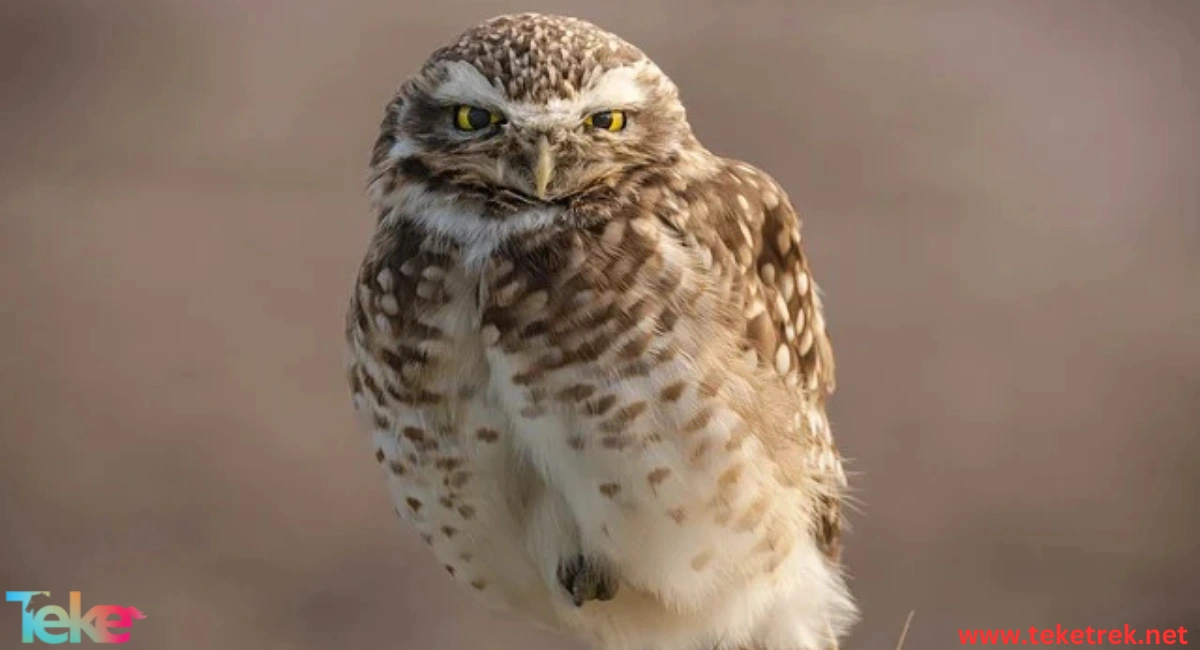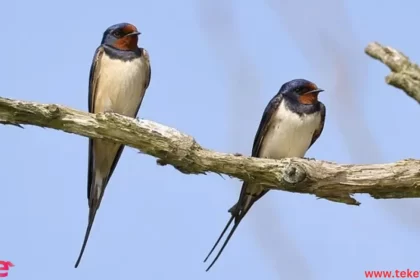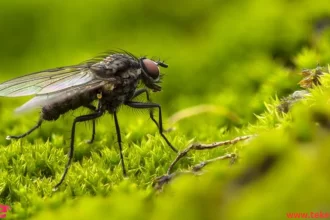Burrowing owls belong to the Animalia kingdom and the Chordata family, within the vertebrate subphylum, the chordate phylum, the Aves class, and are considered part of the bird order.
Let’s learn more about it from teketrek.
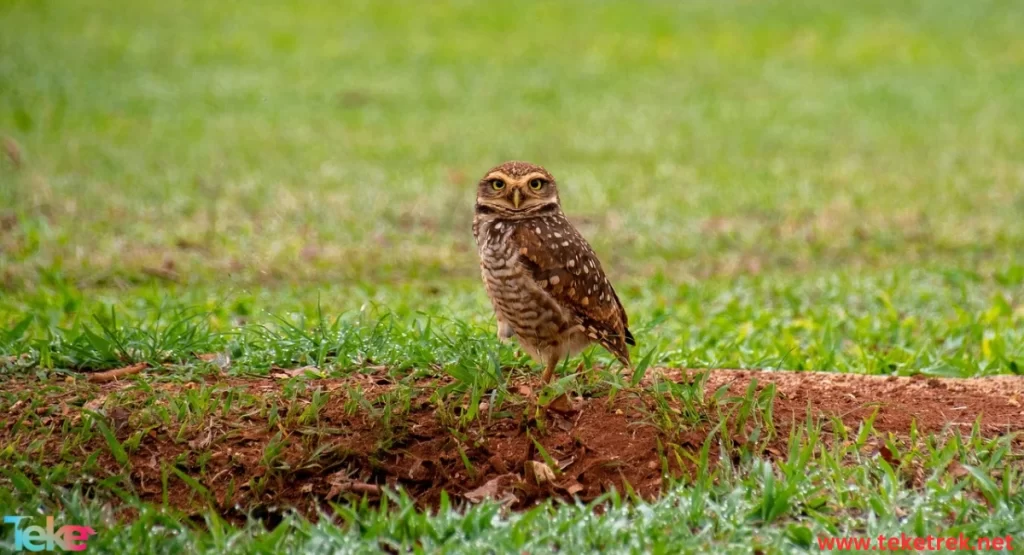
Habitats of Burrowing Owls:
Burrowing owls form breeding and non-breeding groups throughout the year.
They are found in Central America, north through the Baja Peninsula and southern California, and east to central Arizona, New Mexico, and northern Texas.
Their habitats include open areas with scattered ground vegetation and farmland, as well as deserts, pastures, prairies, and plains. They also inhabit urban areas, airports, and golf courses.
Burrowing owls occupy burrows abandoned by other animals, such as badgers, ground squirrels, desert tortoises, prairie dogs, and foxes.
Characteristics of Burrowing Owls:
The burrows typically range from 3 to 4 meters in length and are angled downward so that sunlight cannot reach the bottom.
The weight of both male and female burrowing owls ranges from 127 to 255 grams.
Burrowing owls are small in size, ranging from 19 to 25 cm in length, with a wingspan of about 53 to 61 cm.
They have long legs and a short tail.
Burrowing owls are characterized by bright yellow eyes arched with white eyebrows, and they do not have ear tufts.
The plumage of adult owls is brown with striped patterns on the chest, a white line on the chin, and spots on the back.
There is no significant sexual dimorphism in burrowing owls, with males on average weighing 3% more than females.
Breeding Stages of Burrowing Owls:
Burrowing owls breed annually and are monogamous.
Mating rituals can include singing courtship, grooming, and food presentation by the male.
Rapid flight displays reaching up to 30 meters, followed by quick soaring and landing, are observed and repeated several times.
The breeding season for burrowing owls can be from early February to late May, depending on the geographical area.
Burrowing owls can have between 2 to 12 offspring annually, with an average of 6 eggs per season.
The incubation period for the eggs ranges from 28 to 30 days, with a birth mass of 8 to 9 grams.
Offspring become independent around 53 days, and sexual maturity occurs around 10 months.
Burrowing owls defend their burrow nest, increasing their aggressiveness when the eggs hatch.
The female begins to leave the burrow to hunt and search for food after the chicks reach two weeks of age and become more independent.
The chicks are independent for a period ranging from 44 to 53 days.
Lifespan of Burrowing Owls:
The burrowing owl lives from 6 to 8 years in the wild and up to 10 years in captivity.
Behavior of Burrowing Owls:
Burrowing owls use abandoned burrows of other animals, which allows them to have a semi-colonial presence.
They perch in a depression in the ground or on a mound at the nest site.
Burrowing owls generally stay on the ground or at a low height, sitting on a mound at the nest site or on a low fence post or small bush.
Burrowing owls walk, hop, and run in search of insects and small mammals.
They also use flight to hunt prey, swooping down and gliding over the ground in search of prey.
They use flight to escape predators and to defend the nest site.
Burrowing owls are diurnal and active throughout the day, but their hunting activity increases at sunrise and sunset.
These species also spend time during their day stretching and grooming, as they bathe in a pond or even a rain shower suffices for their bath.
Preferred Diet of Burrowing Owls:
Burrowing owls are carnivorous animals, feeding on a variety of insects, including grasshoppers, cockroaches, and beetles.
Approximately 90% of their diet consists of arthropods, and they also eat small mammals, such as mice, squirrels, and small birds.
Burrowing owls have a great hunting ability and can catch snakes, lizards, bats, and earthworms.
Burrowing owls have adaptable feeding habits, due to seasonal changes that depend on the population density of other animals.
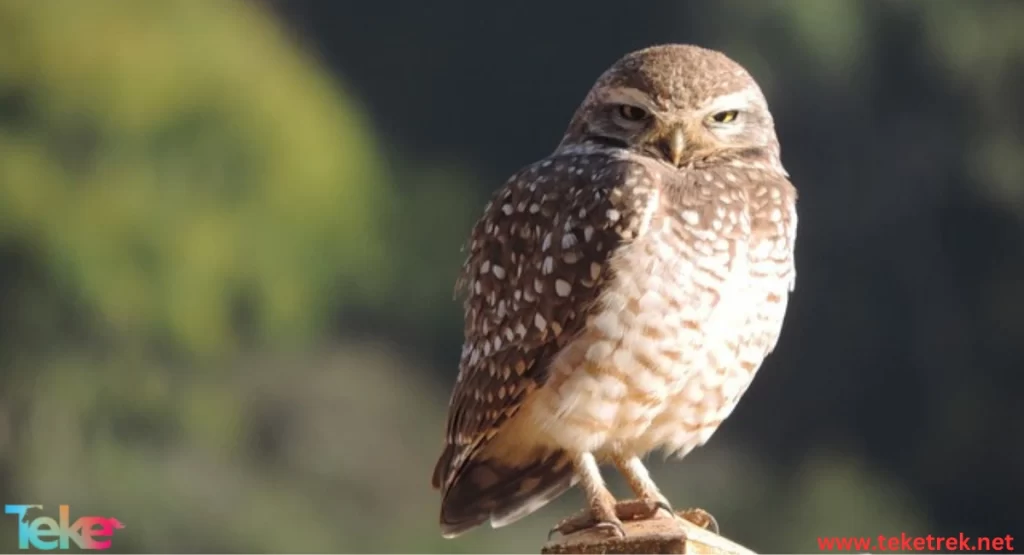
Frequently Asked Questions about Burrowing Owls:
- What animals prey on burrowing owls?
Burrowing owls are preyed upon by raptors, including hawks and eagles, and also by many animals such as foxes, domestic cats, dogs, and skunks.
- What is a burrowing owl?
The burrowing owl is a type of long-legged owl that lives in grasslands, especially in the Americas.
- Where does the burrowing owl live?
The burrowing owl is found in grasslands in areas such as Saskatchewan and Alberta in Canada.
- What are the burrowing owl’s nesting habits?
The burrowing owl builds its nests underground in burrows vacated by small mammals such as ground squirrels and prairie dogs.
- How does the burrowing owl defend itself?
To defend itself, the burrowing owl may emit a sound similar to the hissing of a rattlesnake’s tail to deter predators.
- What is the conservation status of the burrowing owl?
The burrowing owl is classified as a species not threatened with extinction or very low risk of extinction.
- What are the unique characteristics of the burrowing owl?
Unique characteristics of the burrowing owl include its use of tools and its adaptation to living in diverse environments, adapting to life in grassland meadows.
In conclusion
the burrowing owl plays an important role in maintaining the balance between its prey groups and small mammals and insects, and it also serves as prey itself. Some studies suggest that their numbers are declining, which could have a compounded effect on their ecosystem. They host parasites such as lice, fleas, mites, and pocket worms.
المصادر:

